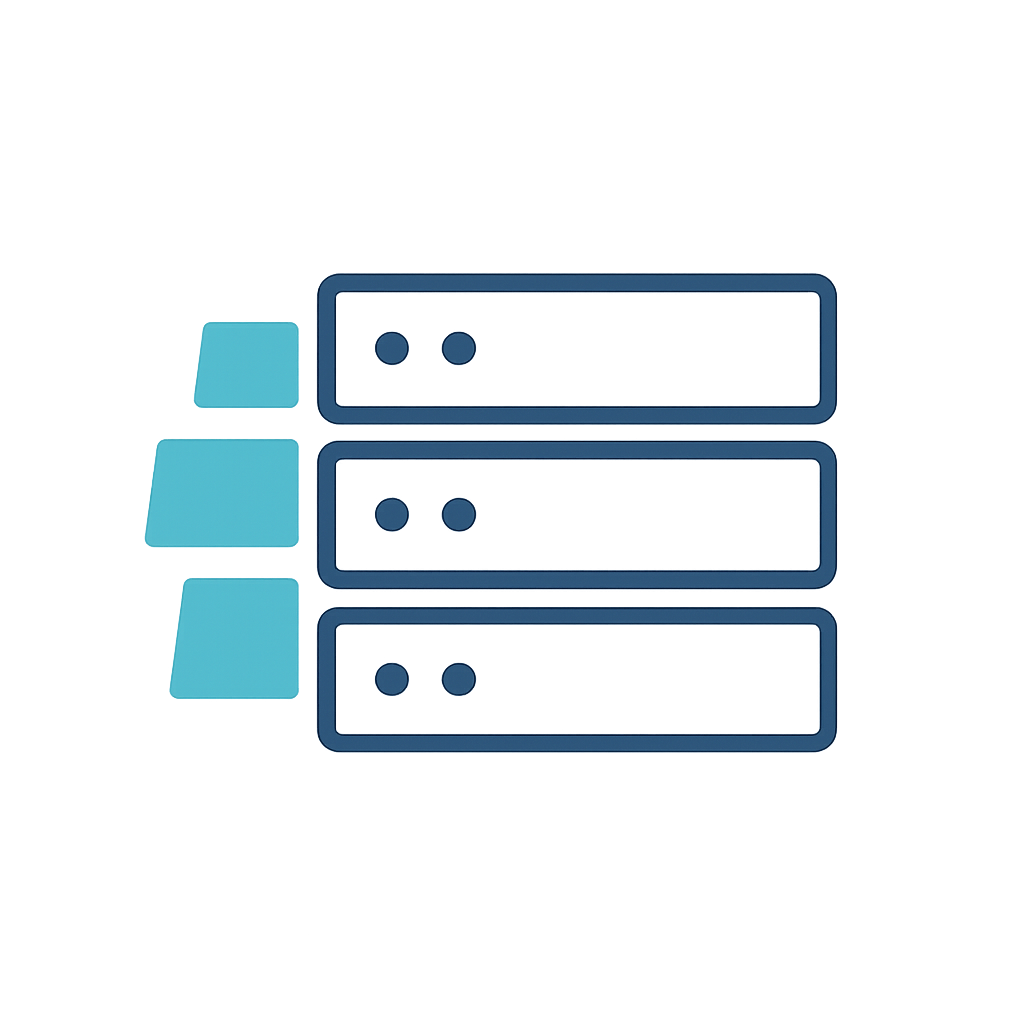Getting Started
Get up and running with Verb in less than 5 minutes! This guide will walk you through creating your first multi-protocol server.
Quick Start
Install Verb and create your first server in seconds:
# Install Verb
bun install verb
Create your server:
// server.ts
import { createServer, ServerProtocol } from "verb";
const app = createServer(ServerProtocol.HTTP);
app.get("/", (req, res) => {
res.json({ message: "Hello World!" });
});
app.listen(3000);
console.log("Server running on http://localhost:3000");
Run your server:
bun server.ts
Visit http://localhost:3000 in your browser and you'll see:
{ "message": "Hello World!" }
Prerequisites
- Bun v1.0.0 or higher
- TypeScript knowledge (recommended)
- Basic understanding of server concepts
Installation
Install Verb using Bun:
bun install verb
Your First Server
Let's create a simple HTTP server:
// server.ts
import { createServer, ServerProtocol } from "verb";
const app = createServer(ServerProtocol.HTTP);
app.get("/", (req, res) => {
res.json({ message: "Hello from Verb!" });
});
app.get("/users/:id", (req, res) => {
res.json({
id: req.params.id,
name: `User ${req.params.id}`
});
});
app.listen(3000);
console.log("Server running on http://localhost:3000");
Run your server:
bun server.ts
Protocol Selection
Verb supports multiple protocols. Specify the protocol when creating a server:
import { createServer, ServerProtocol } from "verb";
// HTTP Server (default)
const httpServer = createServer(ServerProtocol.HTTP);
// or explicitly
const httpServer2 = createServer(ServerProtocol.HTTP);
// HTTPS Server
const httpsServer = createServer(ServerProtocol.HTTPS);
// HTTP/2 Server
const http2Server = createServer(ServerProtocol.HTTP2);
// WebSocket Server
const wsServer = createServer(ServerProtocol.WEBSOCKET);
Basic Routing
Verb supports standard HTTP methods:
import { createServer, ServerProtocol } from "verb";
const app = createServer(ServerProtocol.HTTP);
// GET request
app.get("/users", (req, res) => {
res.json({ users: [] });
});
// POST request
app.post("/users", (req, res) => {
const user = req.body;
res.status(201).json({ id: 1, ...user });
});
// PUT request
app.put("/users/:id", (req, res) => {
const id = req.params.id;
const user = req.body;
res.json({ id, ...user });
});
// DELETE request
app.delete("/users/:id", (req, res) => {
res.status(204).send();
});
Middleware
Add middleware to process requests:
import { createServer, ServerProtocol } from "verb";
const app = createServer(ServerProtocol.HTTP);
// Global middleware
app.use((req, res, next) => {
console.log(`${req.method} ${req.path}`);
next();
});
// Path-specific middleware
app.use("/api", (req, res, next) => {
res.header("X-API-Version", "1.0");
next();
});
// Route with middleware
app.get("/protected",
(req, res, next) => {
// Auth middleware
if (!req.headers.authorization) {
return res.status(401).json({ error: "Unauthorized" });
}
next();
},
(req, res) => {
res.json({ message: "Access granted!" });
}
);
Error Handling
Handle errors gracefully:
import { createServer, ServerProtocol } from "verb";
const app = createServer(ServerProtocol.HTTP);
app.get("/error", (req, res) => {
throw new Error("Something went wrong!");
});
// Global error handler
app.use((error, req, res, next) => {
console.error(error);
res.status(500).json({
error: "Internal Server Error",
message: error.message
});
});
Request and Response
Access request data and send responses:
import { createServer, ServerProtocol } from "verb";
const app = createServer(ServerProtocol.HTTP);
app.post("/data", (req, res) => {
// Request data
const body = req.body;
const query = req.query;
const params = req.params;
const headers = req.headers;
// Response methods
res.json({ data: body }); // JSON response
res.text("Hello World"); // Text response
res.html("<h1>Hello</h1>"); // HTML response
res.status(201).json({ id: 1 }); // Status + JSON
res.redirect("/success"); // Redirect
res.header("X-Custom", "value"); // Custom headers
});
Multiple Protocols Example
Create servers for different protocols:
import { createServer, ServerProtocol } from "verb";
// HTTP Server
const httpServer = createServer(ServerProtocol.HTTP);
httpServer.get("/", (req, res) => {
res.json({ protocol: "HTTP" });
});
httpServer.listen(3000);
// WebSocket Server
const wsServer = createServer(ServerProtocol.WEBSOCKET);
wsServer.get("/", (req, res) => {
res.json({ protocol: "WebSocket HTTP" });
});
wsServer.websocket({
open: (ws) => {
ws.send("WebSocket connected!");
},
message: (ws, message) => {
ws.send(`Echo: ${message}`);
}
});
wsServer.listen(3001);
// gRPC Server
const grpcServer = createServer(ServerProtocol.GRPC);
grpcServer.addMethod("UserService", {
name: "GetUser",
handler: async (request) => {
return { id: request.id, name: "John Doe" };
}
});
grpcServer.listen(50051);
Development Tips
Hot Reload
Use Bun's --hot flag for automatic reloading:
bun --hot server.ts
TypeScript Support
Verb is built with TypeScript. Use types for better development experience:
import { createServer, ServerProtocol, Request, Response } from "verb";
const app = createServer(ServerProtocol.HTTP);
app.get("/typed", (req: Request, res: Response) => {
// Full type safety
res.json({ message: "Typed response" });
});
Environment Variables
Use Bun's built-in environment variable support:
import { createServer, ServerProtocol } from "verb";
const app = createServer(ServerProtocol.HTTP);
const port = process.env.PORT || 3000;
const host = process.env.HOST || "localhost";
app.listen(port, host);
Advanced Features Preview
Fullstack with Bun Routes
Build fullstack applications with HTML imports and automatic bundling:
import { createServer, ServerProtocol } from "verb";
import homepage from "./index.html"; // HTML import
const app = createServer(ServerProtocol.HTTP);
app.withRoutes({
// Serve HTML with automatic bundling
"/": homepage,
// API routes
"/api/users": {
GET: async () => Response.json(await getUsers()),
POST: async (req) => {
const user = await createUser(await req.json());
return Response.json(user, { status: 201 });
}
}
});
app.withOptions({
port: 3000,
development: {
hmr: true, // Hot module reloading
console: true // Enhanced console logging
}
});
app.listen();
Protocol Gateway
Connect different protocols seamlessly:
import { createGateway } from "verb";
const gateway = createGateway();
// Add multiple protocol servers
const httpServer = gateway.addServer("http", { port: 3000 });
const wsServer = gateway.addServer("websocket", { port: 3001 });
// HTTP to WebSocket bridge
httpServer.post("/broadcast", (req, res) => {
const { message } = req.body;
// Send to all WebSocket clients
gateway.broadcast("websocket", {
type: "message",
data: message
});
res.json({ success: true });
});
gateway.start();
Next Steps
Now that you have a basic understanding of Verb, explore:
- HTTP Protocol - Learn about HTTP servers
- WebSocket Protocol - Real-time communication
- gRPC Protocol - High-performance RPC
- Protocol Gateway - Runtime protocol switching
- Middleware - Advanced middleware patterns
- API Reference - Complete API documentation
- Examples - Real-world examples
Common Issues
Port Already in Use
If you get "port already in use" errors:
# Find process using port 3000
lsof -i :3000
# Kill the process
kill -9 <PID>
TypeScript Errors
Make sure you have TypeScript installed:
bun install -D typescript
Need help? Check out our GitHub Issues or discussions.
 Verb
Verb